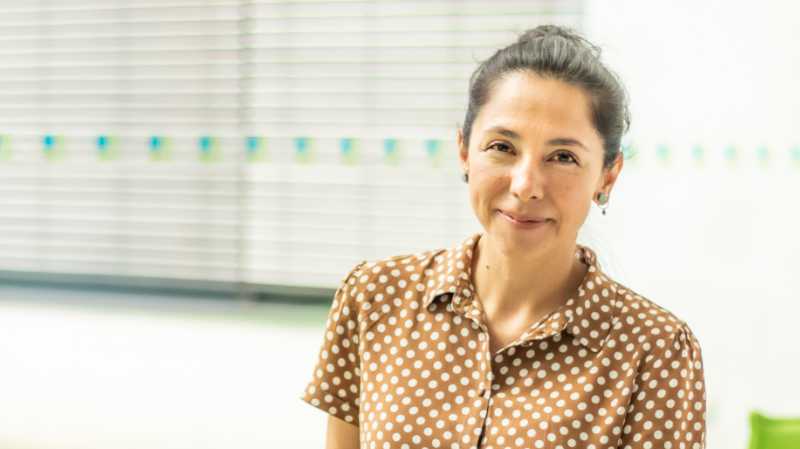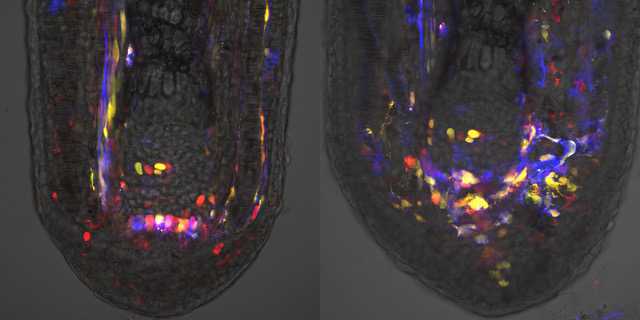Tatiana Sandoval Guzmán Group
Vertebrate tissue repair and regeneration

The vertebrate limb contains various tissue types including bone, skin, nerves, muscle and blood vessels. After an injury these tissues respond to a plethora of signals driving repair and, in few animal species, regeneration. Our main goal is to understand how individual tissues respond to an injury to further understand their interaction during axolotl limb regeneration. The fine-tuned coordination of both, the individual tissue regeneration and the interaction with other tissue types could be the key for successful appendage regeneration. Moreover, we aim to find differences and similarities between axolotl and mammalian regeneration, in order to identify key components that promote or restrict regeneration in mammals.
Previous and current research
Figuring out how to unlock the inherent regeneration potential in mammals and specifically in humans requires a practical model of regeneration. Axolotl is a powerful model where transgenesis has proven useful for studying molecular and cellular mechanisms of regeneration. Another advantage of this animal model is its semitransparent body, allowing intra-vital imaging of the limb. Axolotl represents a simplified organism in comparison with mammals, yet more complex than other animal models, that is uniquely suited to study bone formation, and appendage phenotypes.
Future Projects and Goals
The research in our laboratory explores the capacity of different organisms to regenerate missing or damaged components. Various tissue types respond to a plethora of signals initiating proliferation and migration triggered by injury, and in some animal species this will lead to regeneration. Our research interest encompasses three different aspects of regeneration:
- Contextual regeneration: although some mechanisms are conserved, a different response could be trigger depending on the microenvironment. This is determined for example, by tissue type, position in the body, and size of the injury.
- Physiological adaptation: to understand how an organism accommodates a lengthy regenerative process, we study changes in different metabolic organs and circulating factors.
- Cross-species comparison: we aim to identify key components that promote or restrict regeneration in mammals.
To answer these questions, we alternate between a highly regenerative organism and those with very limited regeneration. This facilitates bridging our discoveries and understanding key mechanisms of successful regeneration.
Methodological and Technical Expertise
- Axolotl histology
- In vivo imaging of axolotls
- Murine whole-embryo culture
- Mammalian digit regeneration
- Molecular biology of tissue regeneration
